The early results of the vaccine proved to be 90% effective, came from a small group that receives half of the dose, but the majority only showed 62%, full trial data newly published in the Lancet has confirmed.
The results may put the vaccine into a dilemma on how it should be decided to use when the authorities give their approval.
The vaccine, by Oxford University and AstraZeneca, is seeking regulatory approval based on their 70% efficacy rate from trials around the U.K. and Brazil.
“Our job as scientists is to generate the data and make that publicly available for people to scrutinize and scientists to scrutinize and also now for the regulators and policymakers to scrutinize. These decisions are not for us to make,” said Prof Andrew Pollard of Oxford University, chief investigator on the trials.
The Medicines and Healthcare Products Regulatory Authority (MHRA) in the UK, the European Medicines Agency (EMA), and the Food and Drug Administration (FDA) in the US might have different conclusions as to how this vaccine will be used as.
Prof Sarah Gilbert of Oxford University’s Jenner Institute, who led the research, told the Guardian that people in both dose groups were protected in the trials from severe illness after just one jab.
“I have no qualms about using the high dose/high dose regimen, which is what the majority of people in the trial have had,” she said.
“It’s really important to note that within 21 days of the first vaccination, nobody was admitted to hospital with Covid or had severe Covid and that’s just after one dose – that’s after anyone dose in these trials – no admissions to hospital, and that’s a really major result for public health benefits.”
Pfizer/BioNTech and the Moderna vaccines have both the same efficacy rate, 95%, in their trials, but they must also keep track of how it will work after six months or a year.
“It’s great to see high level of efficacy but that’s not the final answer on any of the vaccines really because it’s something that we need to accumulate data on overtime,” she said.
There is no evidence yet on the durability of protection from the other two vaccines, both made with novel mRNA technology, whereas Oxford used an adenovirus vector – a technology that has been shown to provoke a long-term response, she said. “We shouldn’t get too hung up on comparing these early numbers.”
The FDA might not approve the vaccine as quickly as the U.K. and Europe, since there is a limited amount of ethnicity data and the data of people over 55 that was being tested on.
In the U.S., 20% older people and a more wide ethnicity group testing would have to be conducted.
“We will be submitting the data to the FDA, but our best assumption is that we will need the study readout from the US before we are likely to get approval in the US,” said Mene Pangalos, executive vice-president of biopharmaceuticals R&D at AstraZeneca.
Oxford/Astrazeneca’s vaccine is important globally since it is easier to manufacture and is at a much lower cost, perfect for the developing countries to use. AstraZeneca has undertaken to manufacture 3bn doses and is part of Covax, the UN program to distribute vaccines to all countries in the world.
Speaking as the first people in the UK were given the first vaccine to be approved, that of Pfizer/BioNTech, the chief executive officer of AstraZeneca, Pascal Soriot, said it was important to have several versions. “In fact, if you add the capacity, at least the announced capacity, of Pfizer, Moderna, and ours, there is still not enough to vaccinate sufficient number of people around the world,” said Soriot.
“We need all vaccines. So that’s really an important point to keep in mind when people start comparing data across various studies. We need all this capacity, we need all these vaccines, to help dealing with the pandemic as quickly as we can.”
The AstraZeneca vaccine is expected to be the mainstay of the UK vaccination program. The UK has ordered 100m doses; 4m are already in the country.
The researchers say they agreed with the regulator in advance to pool the results from the different dosing trials after one small sub-group was inadvertently given a low starting dose. The expectation had been that two full doses would work best.
The efficacy data are based on 11,636 volunteers across the UK and Brazil. There were just 2,741 people in the sub-group who received a low first dose, half of whom received the vaccine and half a placebo. But efficacy in that group was 90% compared with 62% among the rest.
But the researchers say it makes sense to pool the results.
“There is sufficient consistency to justify the proposal for pooled analysis of data, which will provide greater precision for both efficacy and safety outcomes than can be achieved in individual studies and provides a broader understanding of the use of the vaccine in different populations,” they write.
Source: The Guardian

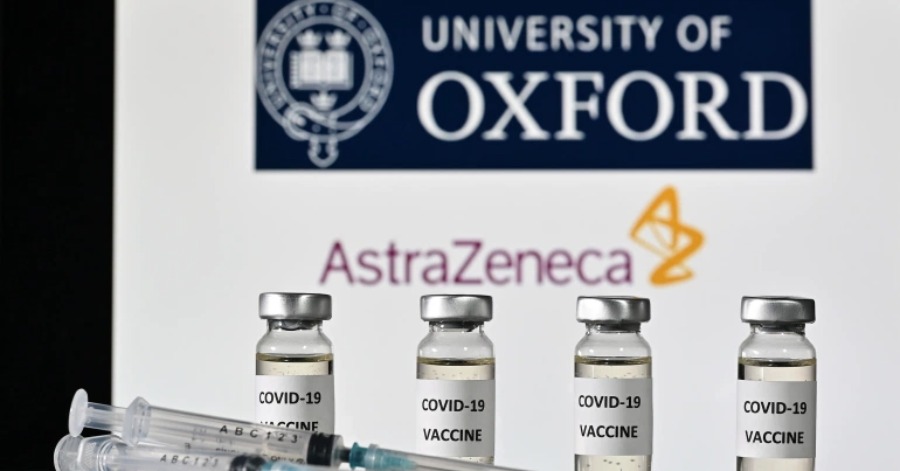

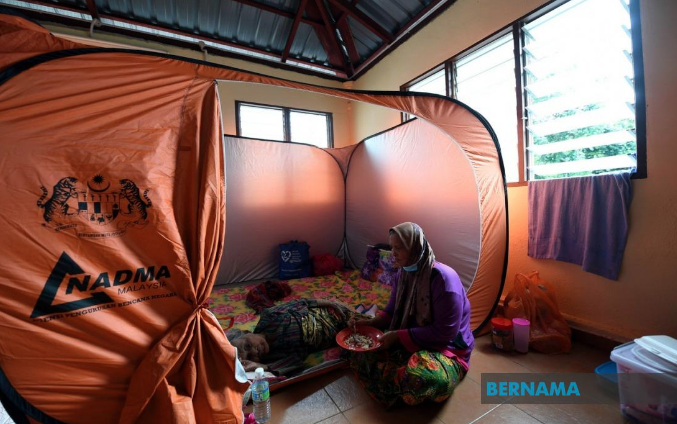
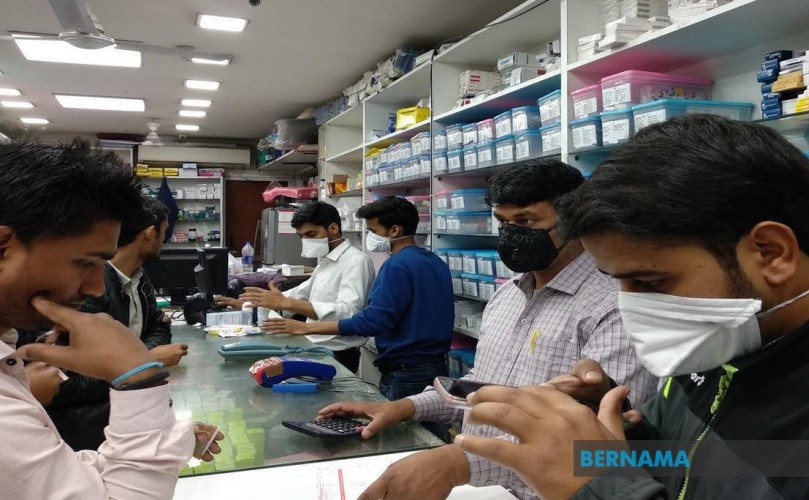

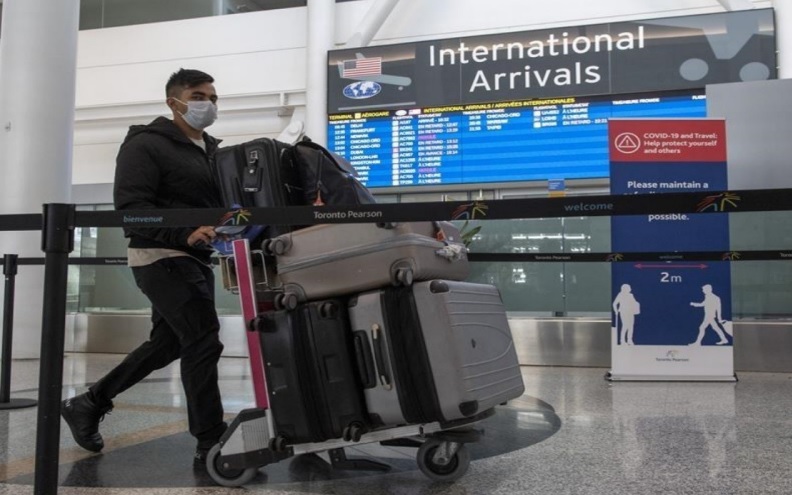
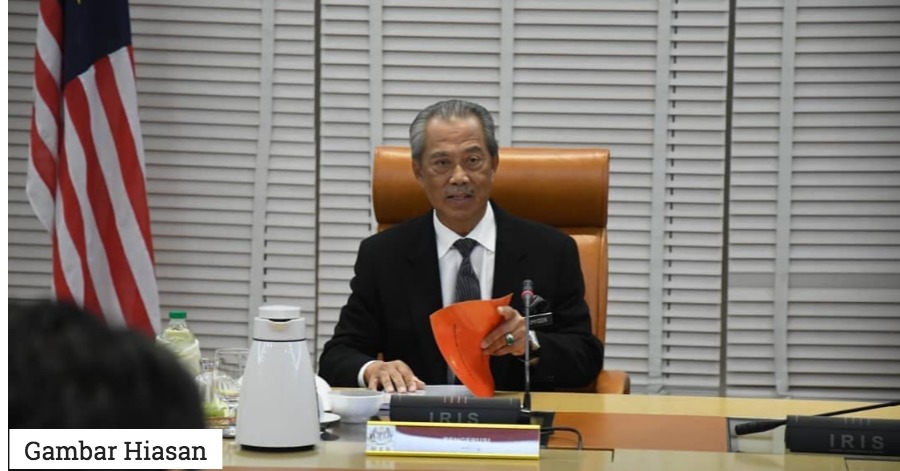

Leave a Comment